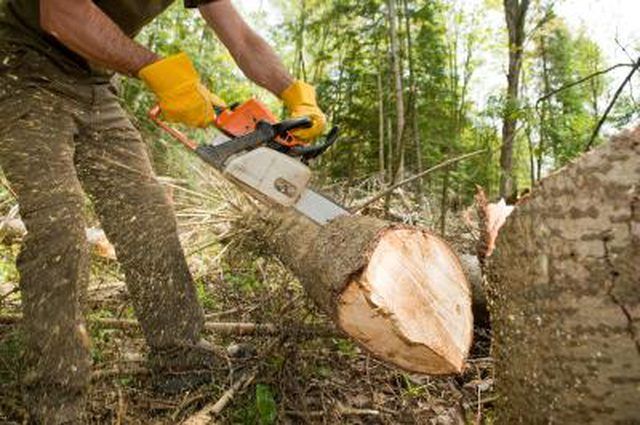Bulbs
Flower Basics
Flower Beds & Specialty Gardens
Flower Garden
Garden Furniture
Garden Gnomes
Garden Seeds
Garden Sheds
Garden Statues
Garden Tools & Supplies
Gardening Basics
Green & Organic
Groundcovers & Vines
Growing Annuals
Growing Basil
Growing Beans
Growing Berries
Growing Blueberries
Growing Cactus
Growing Corn
Growing Cotton
Growing Edibles
Growing Flowers
Growing Garlic
Growing Grapes
Growing Grass
Growing Herbs
Growing Jasmine
Growing Mint
Growing Mushrooms
Orchids
Growing Peanuts
Growing Perennials
Growing Plants
Growing Rosemary
Growing Roses
Growing Strawberries
Growing Sunflowers
Growing Thyme
Growing Tomatoes
Growing Tulips
Growing Vegetables
Herb Basics
Herb Garden
Indoor Growing
Landscaping Basics
Landscaping Patios
Landscaping Plants
Landscaping Shrubs
Landscaping Trees
Landscaping Walks & Pathways
Lawn Basics
Lawn Maintenance
Lawn Mowers
Lawn Ornaments
Lawn Planting
Lawn Tools
Outdoor Growing
Overall Landscape Planning
Pests, Weeds & Problems
Plant Basics
Rock Garden
Rose Garden
Shrubs
Soil
Specialty Gardens
Trees
Vegetable Garden
Yard Maintenance
How to Make a Wedge Cut for Felling a Tree
How to Make a Wedge Cut for Felling a Tree. Although trees with trunks less than 6 inches in diameter can be cut down with a single cut of a chainsaw, felling a larger tree requires considerable planning and should not be undertaken lightly. Wind direction, the condition and balance of the tree and operator escape route must be identified. The...

Although trees with trunks less than 6 inches in diameter can be cut down with a single cut of a chainsaw, felling a larger tree requires considerable planning and should not be undertaken lightly. Wind direction, the condition and balance of the tree and operator escape route must be identified. The operator must clear the area around the tree and plan the direction of the fall to avoid buildings, and other trees and brush. Wear a hardhat, safety glasses, work boots and gloves from beginning to end for your safety.
Things You'll Need
Hardhat
Safety glasses
Work gloves
Work boots with steel toes and high tops
Long-sleeved shirt and pants
Sharp handsaw
Wood or plastic wedges
Long-handled sledge
Chainsaw
Plan the position of the wedge cut, also known as notch or face cut. The cut must be perpendicular to the direction of fall. You must be able to complete the cut across the tree while standing in a position that allows you fast access to your escape route.
Make the first cut of the wedge across the tree, from one-quarter to one-third of the way into the tree trunk, with the chainsaw. Cut straight in or angle the bottom of the cut slightly upward.
Cut the top of the wedge with the chainsaw, also straight across the tree perpendicular to the direction of fall. Start 5 or 6 inches above the "undercut" and cut down to the end of the lower cut, forming a notch. Knock the wedge out of the trunk.
Begin a back cut about 2 inches above and absolutely parallel to the inside of the notch. The wood between the back cut and notch of the wedge will form a hinge for the tree as it falls toward the wedge. Stop cutting 4 to 5 inches from the notch and ensure that the hinge is equally deep on both ends of the notch.
Use two wedges, spaced evenly around the back cut to guide the tree. Tap both firmly with a large-headed sledge if the tree does not begin to fall with the back cut.
Tips & Warnings
Plan your escape route in at least a 45-degree angle to the direction of fall.
Clear any brush and dry wood from the area surrounding the work space where chainsaw exhaust might carry sparks. Cut any low branches with your handsaw and move them away from the direction of fall and work area before beginning with the chainsaw.
The hinge formed between the wedge cut and the back cut controls the tree’s direction of fall. Cutting all the way through the tree removes that control and the tree may fall with the wind, toward its heavy side, or any way other than the direction you’ve planned.
Inexperienced cutters should attempt felling a large tree only with the help of an experienced friend.
If the hinge is not equally thick on both sides, the tree will twist as it falls, turning toward the thicker side of the hinge.
Never fell a large tree on a windy day. Winds over 15 miles per hour will force a direction of fall no matter how exact are the face and back cuts.